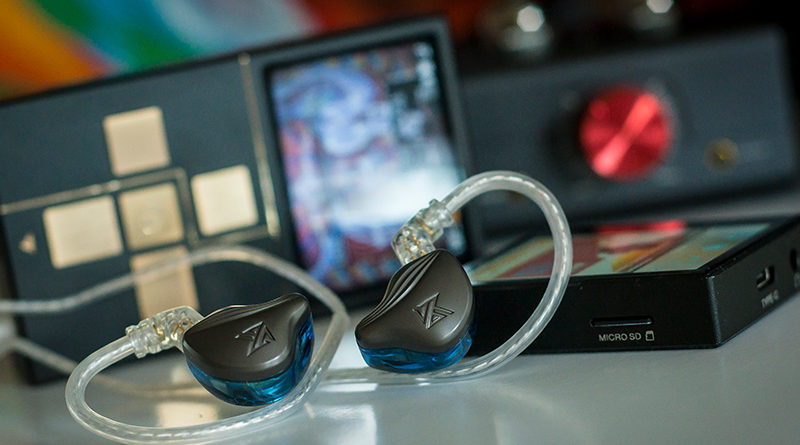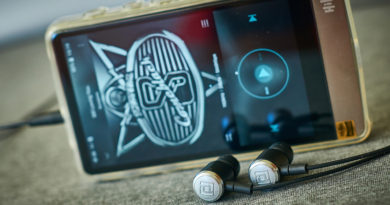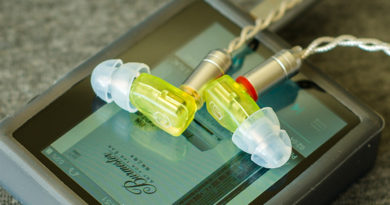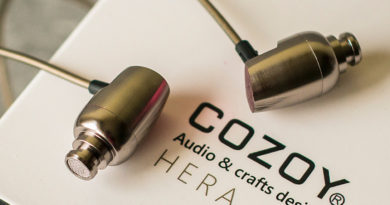KZ ZEX – electrostatic hybrid IEMs for masses
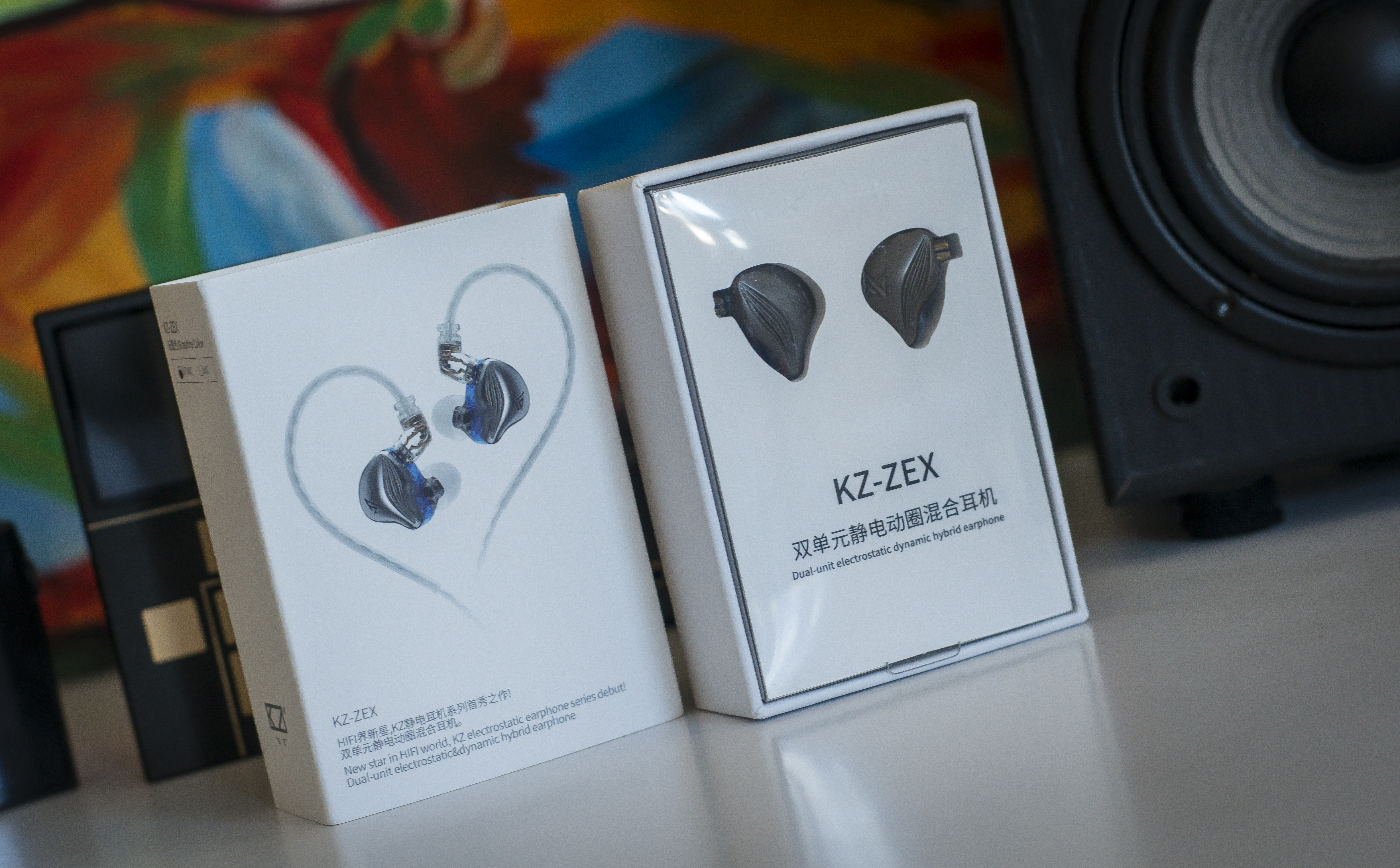
Once upon a time, in a very far galaxy I’ve decided to try out the new for the time brand in IEMs – Knowledge Zenith. It happened around 3-4 years ago and the unit was KZ ED16. I was never willing to try anything from this brand since than. Why? KZ ED16 turned out too piercing for me on treble, with highly accented V-shaped signature, holding quite bad against its rivals those days.
Although, time goes by, KZ has grown significantly, right to the point that I can easily purchase most of its products in local audio store of my country (Ukraine). Furthermore, lots of talks about this brand, lots of users and fans, lots of reviews and posts. Heard many good things lately which has inspired me to accept the last call from KZ reps to review their recent product. I also cannot forget the fact that KZ was founded by an engineer that worked for Audio Technica and whose idea was to develop affordable high-quality IEMs for masses. Such initiatives are the main driving force for implementing various technologies that once were unattainable in personal applications and making those much cheaper.
All of that is the reason to give KZ another chance with their new IEMs – ZEX. Another reason for me personally – it would be the first hybrid model in my practice that uses dynamic driver for mids and lows together with electrostatic unit for treble. Tried everything – armature, dynamic, piezo, planar – but never had an opportunity to play with electrostatic drivers yet. Let’s see how it goes…
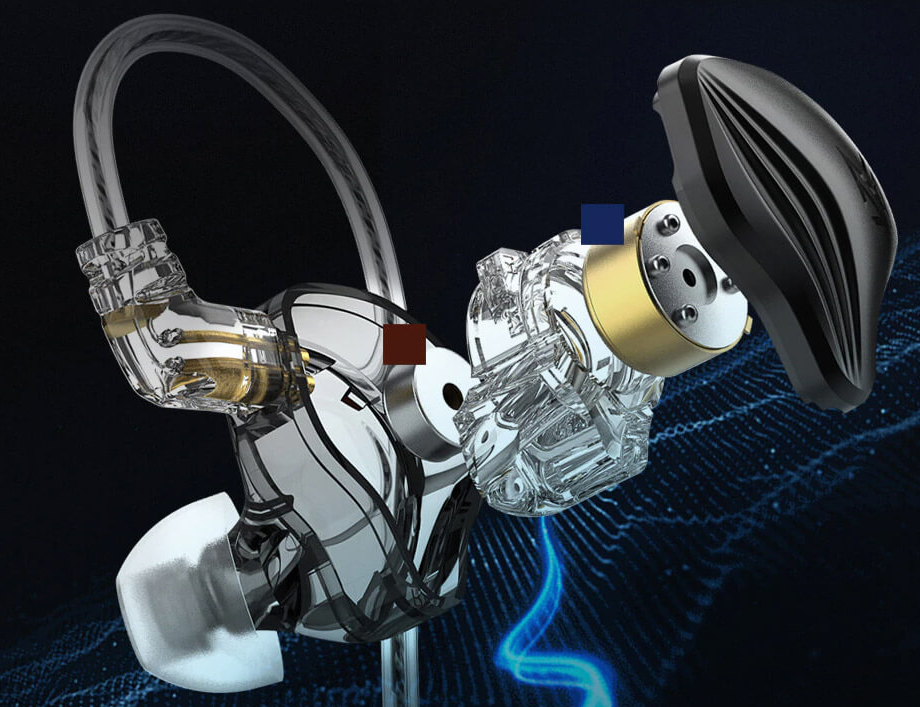
KZ ZEX specs:
- Model: ZEX
- Drivers: 10mm diaphragm, dual magnetic dynamic unit + 6.8mm low voltage electrostatic unit
- FR Range: 20Hz – 40KHz
- Impedance: 25Ohms
- Sensitivity: 103dB
- Passive noise reduction: 26dB
- Cable: detachable, 2-pin, 0.75mm
- Cable options: mic, no mic
- Plug: 3.5mm
- Materials: zinc alloy + resin
- Colors: rose gold, black, graphite
Note: electrostatic drivers are still quite rare in IEMs for its complexity, power draw and cost. In terms of sound, such drivers are more accurate, producing more details, have very fast transient speed, almost no distortions and inertia. In fact, KZ might be declared a pioneer in the field of mass hybrid IEMs with such type of driver involved.
KZ ZEX available at KZ official store on Amazon USA:LINK
KZ ZEX available at KZ official store on Amazon GERMANY:LINK
KZ ZEX available at KZ official store on Aliexpress:LINK
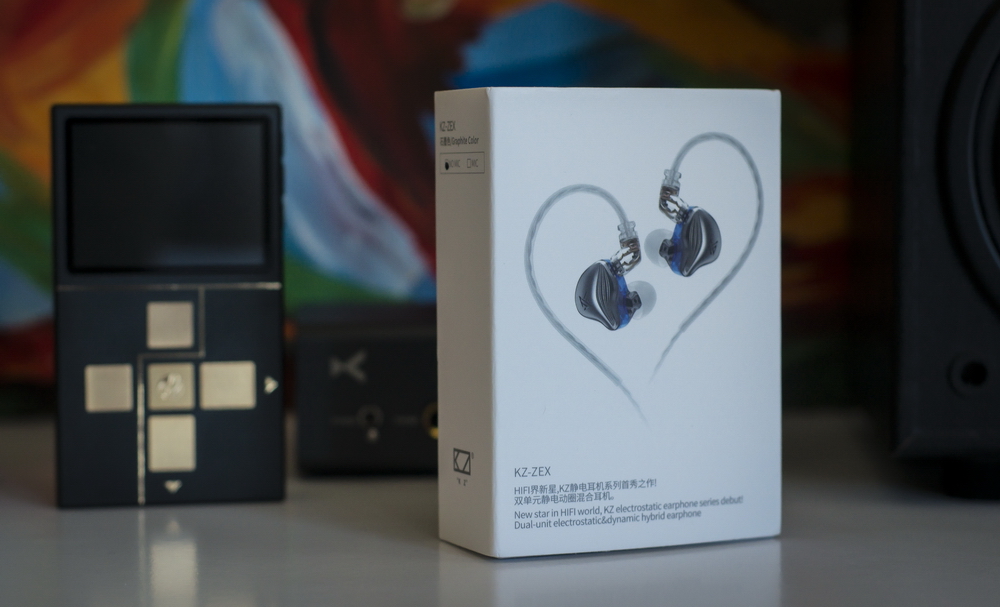
Packaging and design:
I admire how KZ packs its IEMs. Boxes are small, yet neat, rigid and cute at the same time. Whole packaging consists of outer wrap layer with product graphics, information and logos. Inner box has a transparent cover on the facing side for extra protection. IEMs rest in dedicated cutouts of soft foam layer, all accessories located underneath. This bundle includes:
- KZ ZEX IEMs
- audio cable with 3,5mm SE plug
- 4 pairs of silicone tips
- short user manual
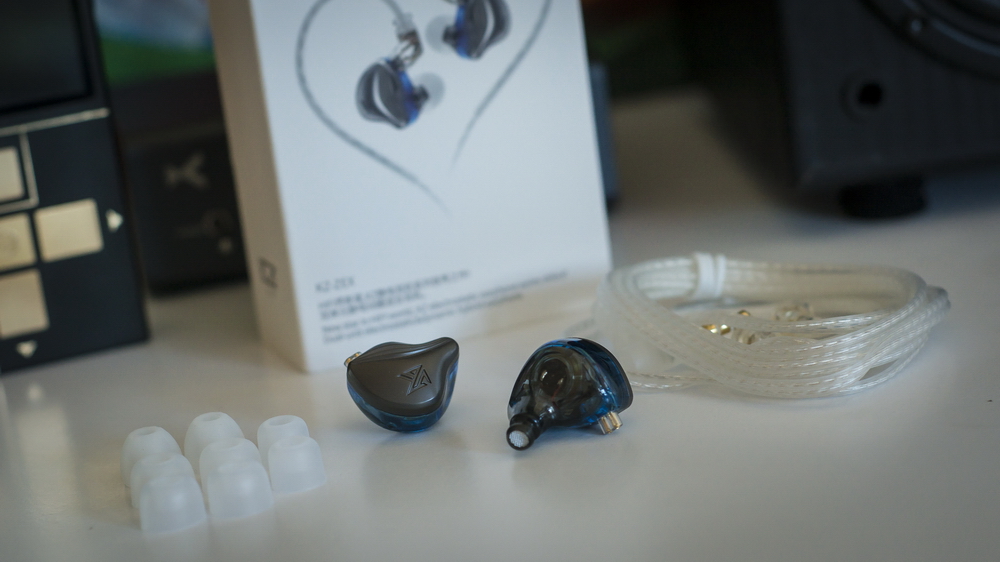
KZ ZEX IEMs shells consist of zinc alloy facing plate cover, transparent resin middle insert and base with output nozzle. Those are the first IEMs ever in my hands which shells consist of three parts. My guess for such structure is the modular approach in KZ design to reach some degree of versality and save R&D cost by sharing same shell parts across different models.
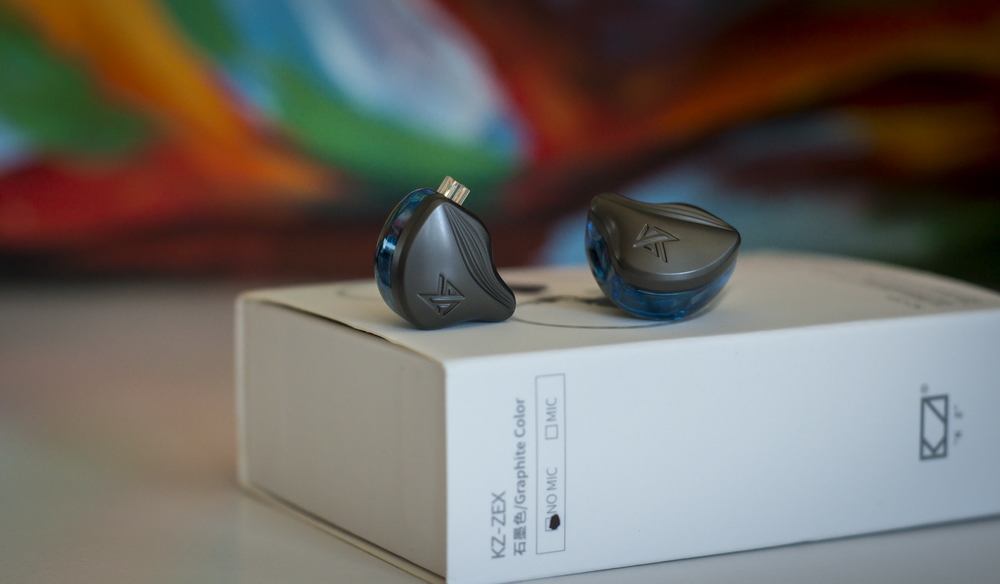
Zinc alloy plates look gorgeous, feels like aluminum and contain machined KZ logo and folds as central design elements. This plate have different color options (rose gold, graphite, black) and mine is graphite. Middle resin insert is transparent with blue tint and holds 2-pin cable connector. My opinion, that having such protruding type of connector is more reliable rather than drowned one since it is more convenient to aim and the pins on the cable are protected by outer guiding housings.
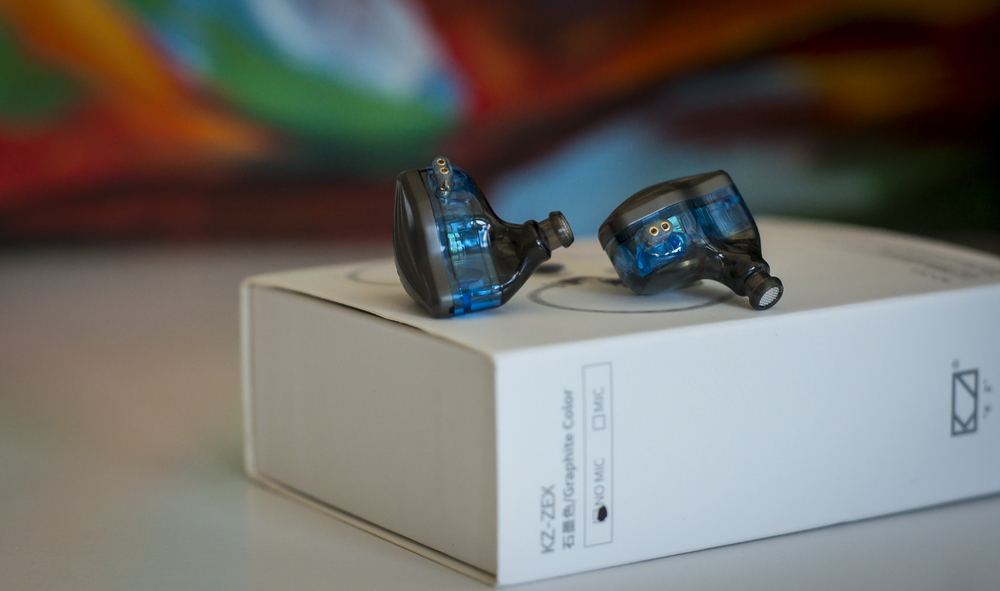
Truthfully speaking, middle insert feels a bit odd in this shell compound (tint is a way off), as if it was deposited from another model. Nevertheless, it perfectly fits the shape and exposes the internals which are accurately accomplished. Soldering looks neat, cables moved apart, both drivers sit straight at their places. The only untidiness spotted are the signs of glue that keep shell parts together. It doesn’t worry me much since there is no influence on the sound. Resin base is transparent as well but has brown/gray tint with quite long protruding molded output nozzles which are covered with aluminum mesh. Found single compensational opening between the top zinc cover and middle insert.
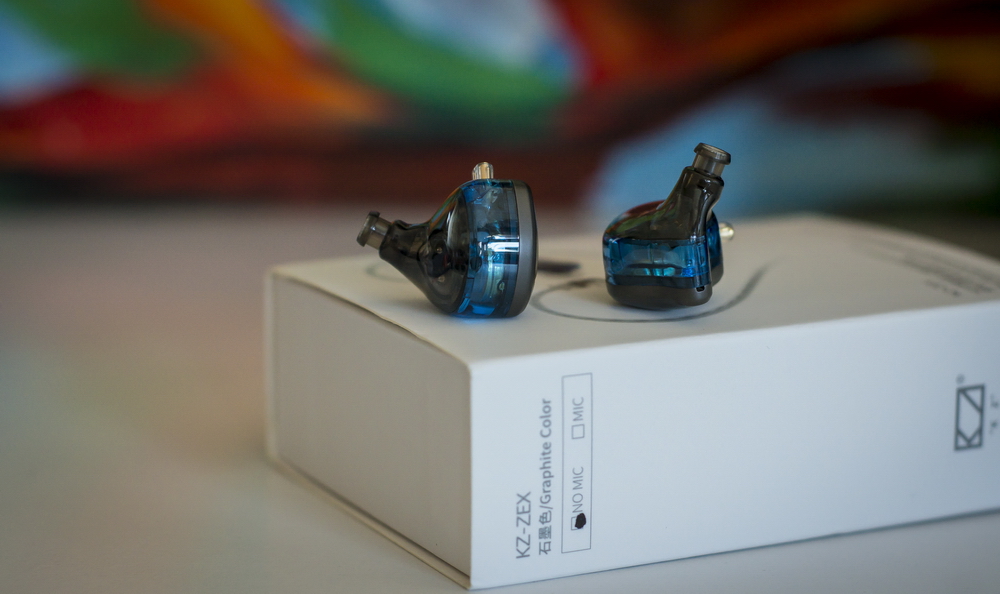
KZ ZEX fit is quite comfortable and tight. Guess why the most of KZ IEMs are having similar “custom”-like design… I had around 100 pairs of IEMs by now and can tell you for sure that this shape in a combination with ear hooks is the most universal one. Nothing to worry about here.
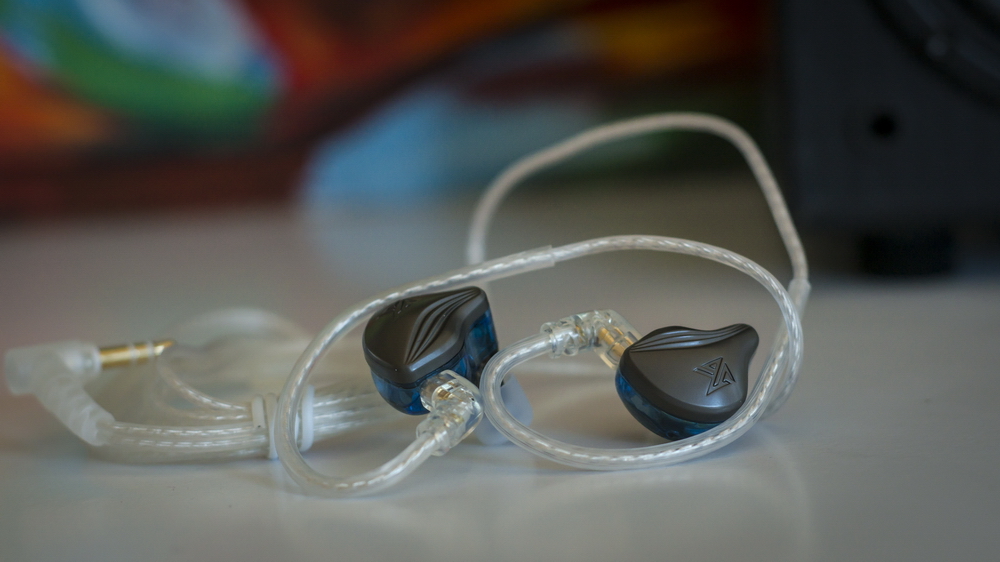
Stock cable have two options: mic/no mic and considering the price of ZEX IEMs I would say that mic version is more reasonable – most of the people would use ZEX everyday and it would be more convenient to have the ability to answer calls. Anyway, cable seems to be built pretty well, connectors and plug has the necessary cable protection, claimed to be gold-plated and feels durable. Definitely, not a competitor to expensive thick twisted upgrade cables with lots of mixed silver/copper strands but interchangeable and seems good for this budget, at least.
In overall, the design, even though not having much unique details, didn’t disappoint either. Moreover, I would say that there are some much more expensive IEMs with less accurate crafting and cheaper feel. Therefore, I am giving it 10 out of 10. Shape is perfect, so is the fit, cable looks nice and durable, bundle is regular for any kind of budget and the packaging is one of the most logistics-friendly and optimal for this type of a product. Believe me, when you keep around 100 pairs of IEMs on the shelf – this parameter is vital indeed. I could have stored four times as much if all IEMs packaging were similar.
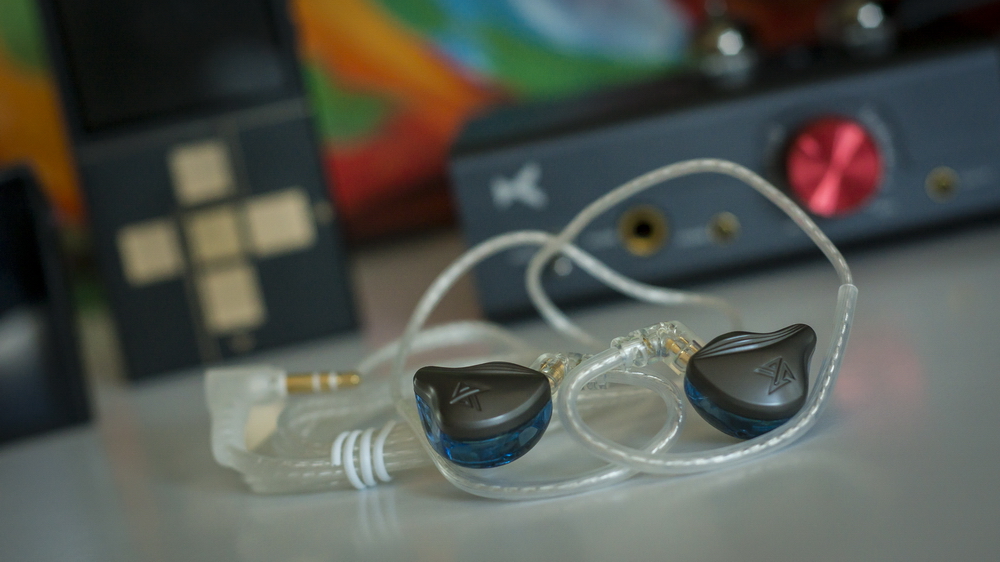
Sound:
Tested with: Hidizs AP80, HiBy R5, Dethonray Prelude DTR1+ DAPs, xDuoo MT602 tube amp.
Lows and midbass:
Deep bass is large with high amount of textures. Bass amount and presence are quite overwhelming and higly accentuated. Сontouring of midbass is very precise, good layering allows to distinguish different instruments performing in this range. Subbass reaches good depth and have quite good decay speed. Lows remind of full-sized closed-back headphones with slightly congested but powerful presentation. This range has the most weight in overall sound picture. Midbass section is adequately articulated, full-bodied, perfectly detailed and powerful. Drum sections sound pretty natural, creating a good feel of overall dynamics.
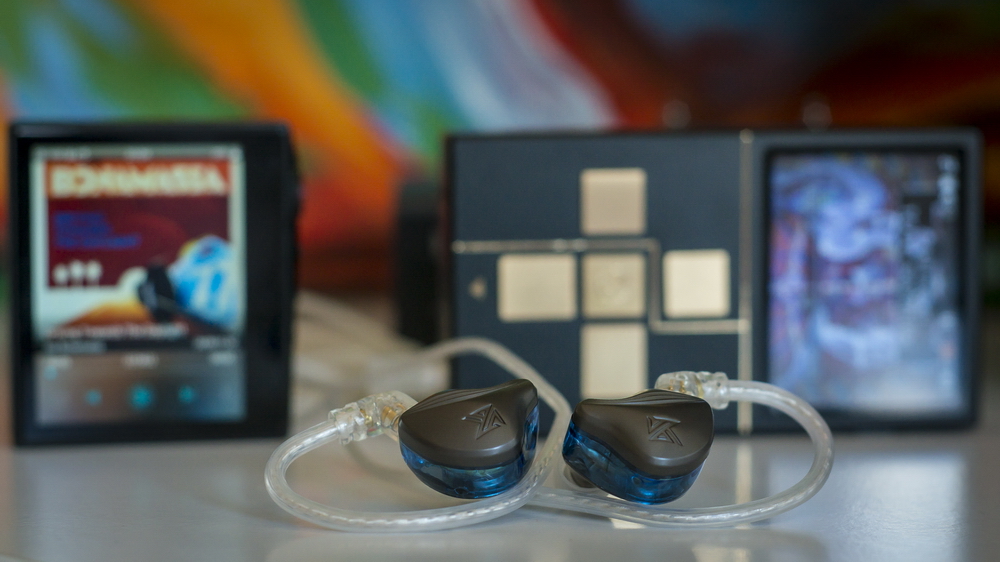
Mids and vocals:
Mids are less upfront than lows. Male vocals sound a bit thin and more distant than female ones which adds more emphasis on clarity and emotional appeal. Resolution is enough but there is feeling that it is achieved artificially but emphasizing lower-treble. Still voices, strings and blow instruments sound pretty impressive. There is no excessive harshness on upper mids which I didn’t like in KZ ED16, but the sound is still prone to sibilance, especially on female vocals. At the same time, such tuning adds the exceptional clarity to most of the instruments in this range which also brings good layering, instrument separation and stage depth.
Treble:
The most intriguing in ZEX is its treble performance. Twofold impression there. Good are the treble micro dynamics and resolution. Bad is the limited extension and slightly weak emphasis on this range in the entire mix. Treble sounds bright and crisp, but gets shaded by lows and mids in some tracks. The transparency and brightness is highly dependent of the record. The best results were achieved with the brighter source such as AP80 DAP in jazz, rap, blues compositions (low amount of instruments, large spacing). In overall, I can admit that I was expecting more of electrostatic treble driver.
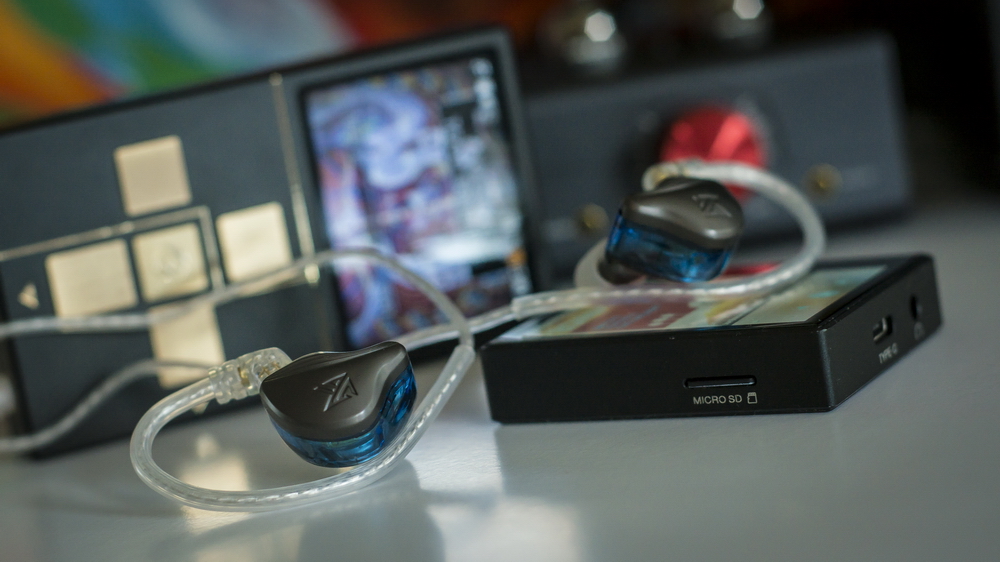
Soundstage:
ZEX show moderate stage width and good stage depth. Instrument separation and layering are good but the lack of transparency on treble and limited extension on both ends makes the stage more congested.
Sound in overall:
KZ ZEX sounds pretty well detailed, with tendency towards lows and dark tonality, emotional and resolving on mids, with impressive mid bass range and crisp but less accented treble.
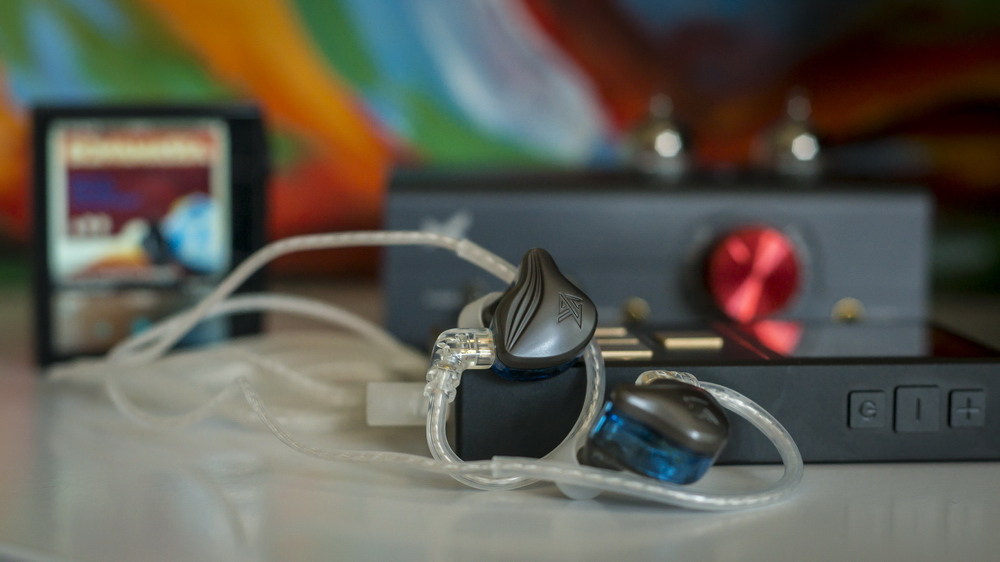
Compared to…:
Actually, I have nothing to compare ZEX with for now. Most of my IEMs are far more expensive and definitely have more strength in different aspects of the sound. Perhaps, only the Hidizs Seeds that were released quite ago with single dynamic driver and discounted down to the same budget now… Seeds have less comfortable fit, integrated cable and not as resolving and heavy on bass but those are more balanced, have more delicate tuning in overall, thicker mids and more extended and airy treble (even despite it is based on single DD unit).
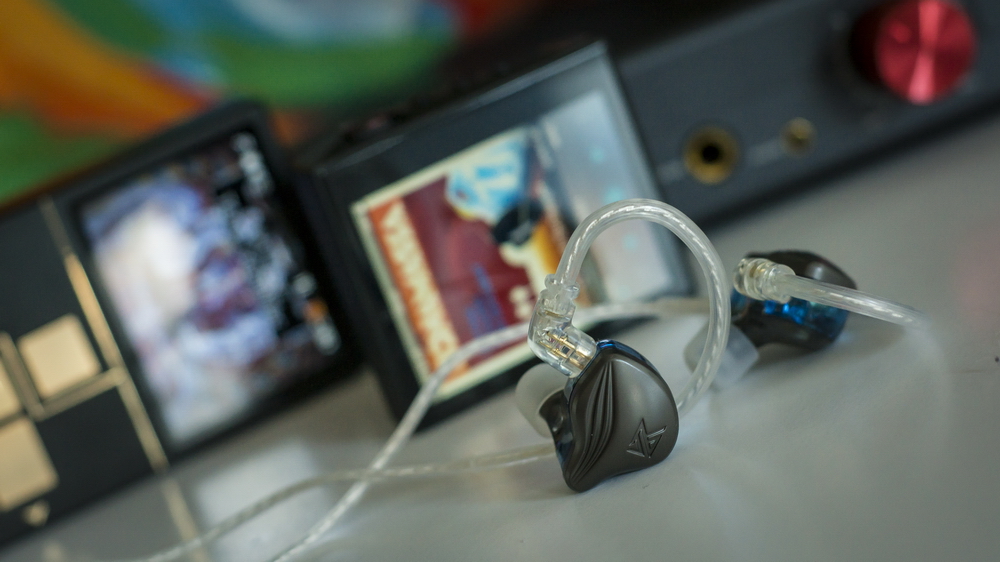
Conclusion:
Have KZ evolved into more respected products with more mature sound – definitely yes. Do I like it more now than 3 years ago – definitely yes. Now I can state that KZ ZEX IEMs are pretty fine for my liking, although with some rough points that I would still like KZ to polish further. Sibilance effect, emphasized V-shaped tuning, better extensions… At the same time, ZEX are impressive and sound decent on rap, jazz, blues and any other genres with limited amount of instruments. Considering this, I would tell that it is good budget choice for everyday mobile use which is actually the target for this model. Therefore – great bargain. I would still vote for something better for long and calm listening but I would definitely won’t be afraid of having ZEX as main IEMs with fun and juicy sound on the go.
KZ ZEX available at KZ official store on Amazon USA:LINK
KZ ZEX available at KZ official store on Amazon GERMANY:LINK
KZ ZEX available at KZ official store on Aliexpress:LINK

